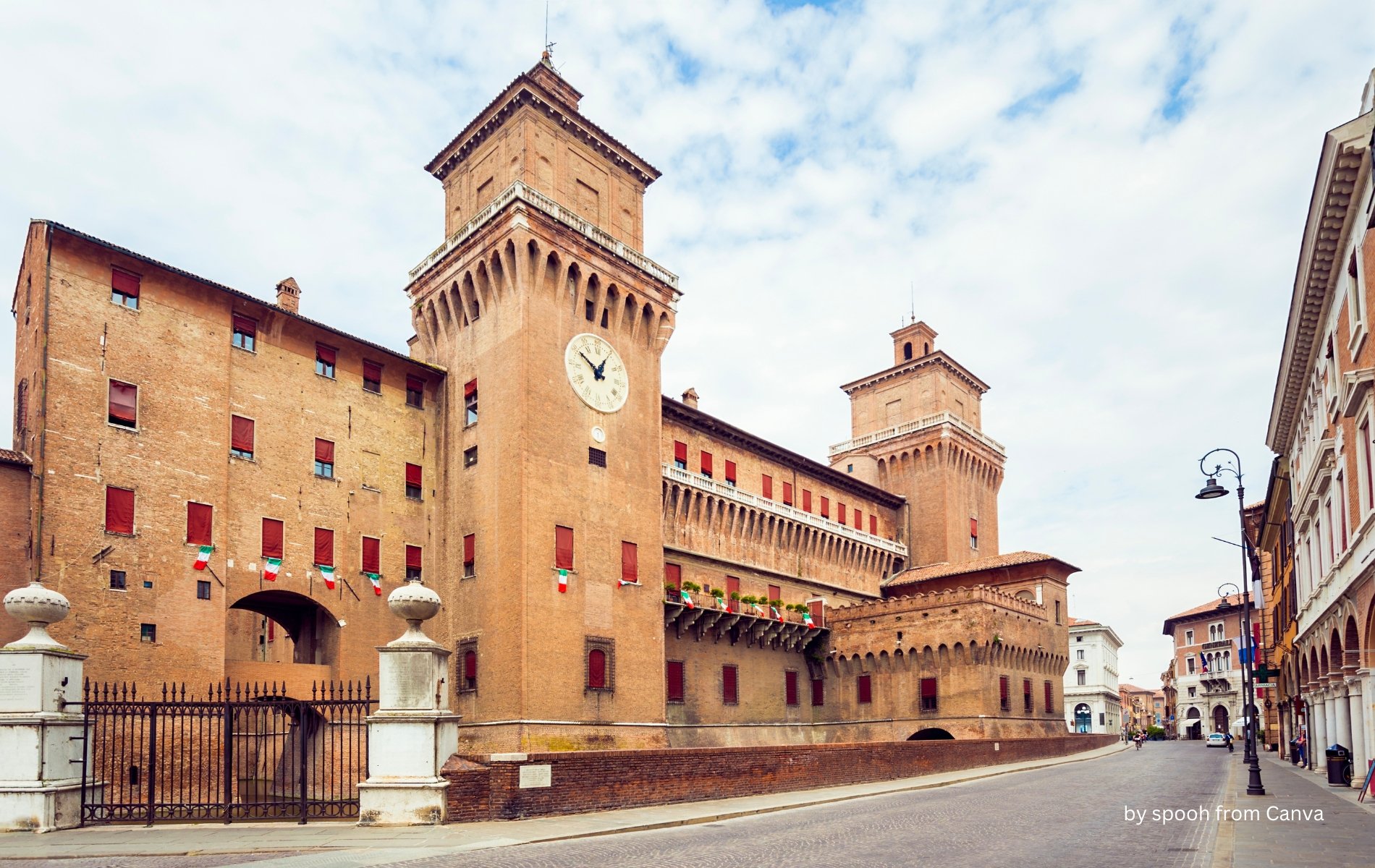Geothermal district heating in Ferrara
Overview
In the heart of Emilia-Romagna, Ferrara is a vibrant city of 130,000, where locals, known as Ferraresi, enjoy sustainable living at its finest.
Thanks to Hera's innovative district heating network, 90% of Ferrara's homes stay cozy with renewable energy. Geothermal power leads the charge, supplying around 43% of the system's energy.
Back in 1990, geothermal was introduced into the district heating system thanks to the Casaglia geothermal energy plant. Tapping into Earth's warmth from depths of 1,100 to 1,960 meters, this ingenious setup extract hot water at 100°C, and heating homes with minimal energy and cost.
Fast forward to October 2022, and Ferrara's heating bills took a tumble. With geothermal energy leading the charge, residents can expect savings of €12-16 million over the next decade, courtesy of a landmark agreement between the city and Hera.
Investments
In the 1960s, Ferrara was the location of a lot of drilling in search of hydrocarbons. This produced a detailed understanding of the geothermal heat basin below the city.
In the 1980s, Ferrara’s municipality started the first geothermal energy project which led to the establishment of the Casaglia 1 and 2 wells. The total cost of this project was € 42 832 691. An EU fund - Programme (EEC) of financial support for projects to exploit alternative energy sources, 1979-19841 - contributed € 787 334.
In 1990, the geothermal district heating plant became operational.
In September 2017, the Hera Group, associated together with Enel Green Power in a specifically created Temporary Grouping of Enterprises, obtained the concession (until 2030) for the cultivation of the geothermal reservoir in the Ferrara subsoil.
In December 2019, the Temporary Grouping of Enterprises took over the Casaglia geothermal energy plant.
In October 2022, for the first time in Italy, an agreement between the municipality of Ferrara and the Hera Group took place to untangle the cost of geothermal energy from the cost of gas. This led to a 20-25% reduction in the heating bills for the 25 000 housing units connected to the district heating system saving consumers an estimated €12-16 million between 2022/23 heating season.2
In this agreement, the fixed price component will be applied to the volumes of energy produced annually from geothermal sources. This value will be defined at the beginning of each year on the basis of the average contribution, calculated on a historical basis, of the geothermal source, and will be applied in the calculation of all bills relating to consumption in the calendar year. An adjustment based on the actual contribution of geothermal energy will follow at the end of each year. This intervention is retroactive, valid from 1 October 2022.
Technical details
The district heating system covers 160 kilometres and serves 25 000 housing units (geothermal energy accounts for 43% of the system's energy supply.
Benefiting from high-temperature geothermal sources at shallow depths, the system operates with a capacity of 14 MWth. It utilizes two production wells, extracting pressurized hot water at approximately 100°C from depths of 1,100 meters (Casaglia 1 well) and 1,960 meters (Casaglia 20 well). This extraction method minimizes energy usage and reduces production and consumption costs.
Benefits: reduction in CO2 emissions and energy bills
The utilization of geothermal energy significantly benefitted the community, offering dual advantages of reducing CO2 emissions and lowering energy bills.
A Life-Cycle Assessment, conducted by Hera and Ergo, the environmental management systems company linked to the University of Sant’Anna in Pisa, in 2020, indicated that the supply of 1 kWh of thermal energy in Ferrara’s district heating produced 122 grams of CO2. Ergo calculated that energy that the CO2 weight of a traditional thermal kilowatt-hour is 270 grams of CO23.
Let's consider that there are approximately 25 thousand "equivalent residential units", and each of them absorbs an average of 6,000 thermal kilowatt-hours each year. The savings guaranteed by Hera's district heating to the city of Ferrara is equal to approximately over 22 thousand tonnes of CO2 emitted per year4.
In October 2022, the municipality and the Hera Group agreed to reduce heating bills by 20-25%, due to the low-cost energy produced from geothermal, for the 25 000 housing units connected to the district heating system. This will save consumers an estimated €12-16 million between 2022/23.
The Casaglia geothermal energy plant: new future perspectives
Since its acquisition of the Casaglia geothermal energy plant in December 2019, the Temporary Grouping of Enterprises (Hera Group and Enel Green Power) seeks to utilise low to medium temperature heat, which will not go into the district heating system such as viticulture or aquaculture.
Summary
Depth of drilling: ~1,500 m
Total length of wells: 1,100 m (Casaglia 1 well), 1,960 m (Casaglia 2 well)
Geothermal power: 14 MW
Temperature of the water drawn: ~100 degrees
Units covered: 25 000 housing units
Total amount of investments: € 42 832 691
Public contribution: € 787 334
CO2 emissions avoided:22 000 tons of CO2 per year.
Savings in customers’ bills: since October 2022, when the cost of geothermal energy has been untied from the cost of gas, the positive impact on the bills of the 25.000 housing units connected to the district heating is estimated to consist of a save of between 12 and 16 million euro in the thermal year 2022/23, thanks to a reduction in their bills of up to 20/25%.

